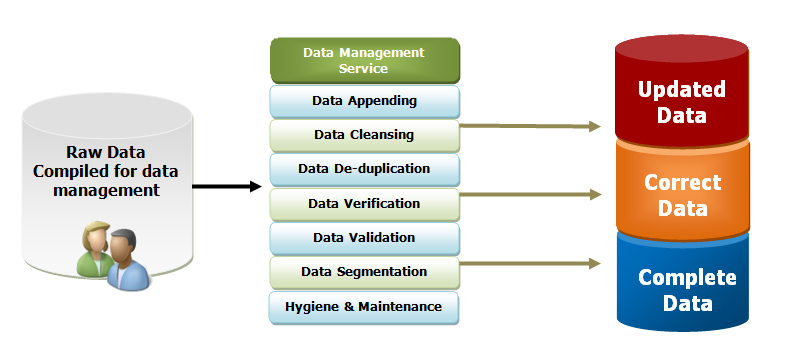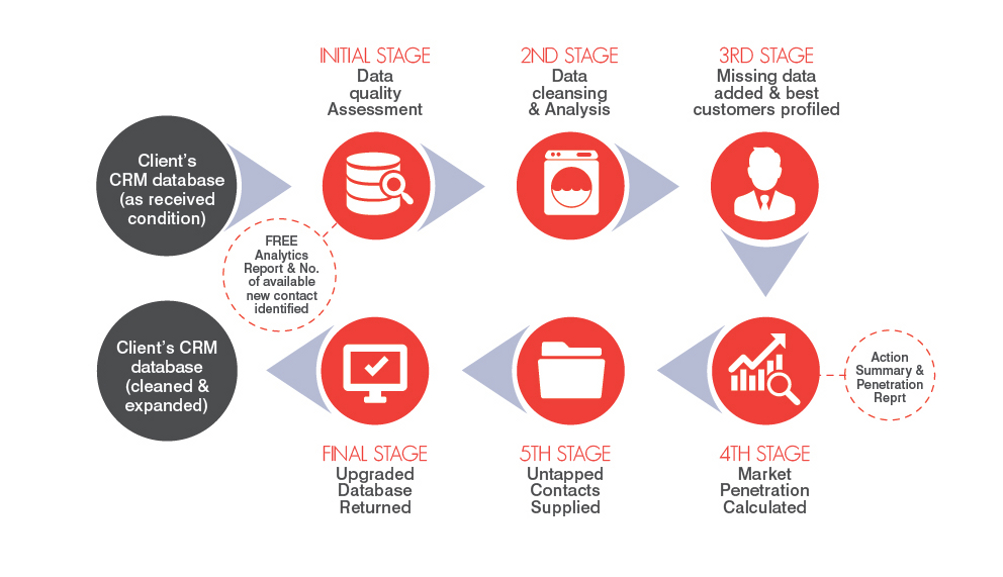Introduction
Data is frequently created by business users within specific departments. For instance, customer contact information is often created by a customer service representative in a call center. That information is then leveraged by sales, marketing, and finance teams to perform additional functions, such as upselling, targeted promotions, and collections. In addition, this data is usually stored by the IT department in servers or up in the cloud.
Although many users access the data for different needs, it’s up to the customer service department to determine whether or not the data is still accurate. With too many cooks in the kitchen, it’s no wonder why business users can lose sight of the data they’ve created. Due to vaguely defined data governance roles and a nebulous understanding of responsibilities for data quality, the business’s valuable customer data can quickly turn bad.
Recurrent Issues You may be facing are:
(1) Inaccurate address fields, Postcode and City

(2) Heterogeneous way of inputting data
(3) Two or more entries for one physical member
In addition at the company you may suffer poorly controlled Data Entry:
* Often free text boxes in all sales platforms.
* No address formatted fields (not even market specific).
* No efficient duplicate accounts recognition process.
Objective

Address cleansing is the Data Quality improvement for your CRM databases. Customer’s data is an asset, accumulated for many years of CRM activity. With time cleaning is mandatory in order to extract the best possible value of your data.
The simplest way to build better customer experience is to be certain you have correct information about your customer. This means getting rid of duplicate records and cleaning up the retained records.
Therefore address cleansing has two functional objectives:
(1) Postal Addresses Correction & Standardization
(2) Duplicate Accounts handling
Benefits of Address Cleansing
* Improved marketing performance by ensuring the right messages reach the right customer
* Increased database accuracy for stronger decision making
* Improved response rates through faster mail delivery
* Maintained contact with valuable customers
* Superior customer service by ensuring accurate address information
* Reduced costs by eliminating the need to manually fix incorrect addresses
* Reduced mail production costs
* Reduced volume of returned mail


